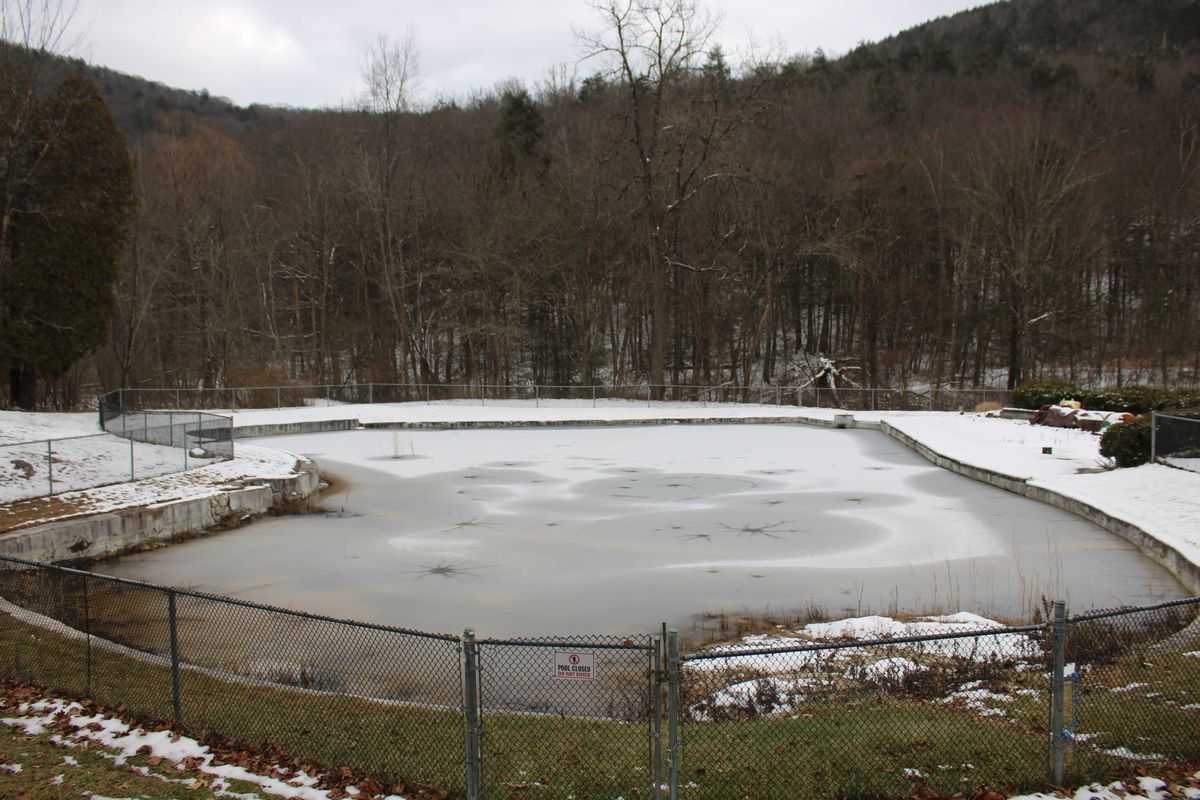It has been a long time coming. Commodities have been in the doghouse for years, but a combination of events are conspiring to lift the prices of soft commodities much higher.
A definition of soft commodities refers to future contracts of substances that are grown, rather than extracted or mined. We know them best as food and fiber commodities, such as wheat or lumber.
Shortages are occurring in everything from soybeans to wheat and it is not just in the United States. Readers might immediately think to blame the pandemic for this trend. You would be only partially correct. At the outset of the COVID-19 crisis, the hoarding of food in certain areas of the world did occur, but by April and May, despite the spread of the pandemic, food commodity prices stabilized and even toilet paper in this country was back on the shelves.
However, the recent resurgence of the coronavirus in Europe and the United States might threaten the supply chains for certain foods once again. If lock-downs in the U.S. are re-instituted (as they are beginning to be in Europe right now), or the cases of COVID-19 begin to decimate the work force again, food prices could spike considerably. Readers might recall earlier in the year when some Midwest food processors were shut down. As a result, supplies of beef, chicken and pork began to disappear from grocery shelves. Prices jumped and are still nowhere near their pre-pandemic levels.
However, beyond the coronavirus threat, the real culprit sending prices skyrocketing is the weather. It is not my intention to debate climate change. Economics has a way of doing that for me. Consider this: the wheat farms of both the United States and Russia are dealing with serious drought, which is decimating harvests. The same is happening to the soybean fields in Brazil.
But while our hemisphere contends with drought, over in Southeast Asia, farmers’ crops are drowning in too much rain. Flooding is occurring throughout the rice paddies and palm oil plantations in countries like Indonesia, Malaysia and Vietnam. The result of all this devastating weather has been higher and higher prices of everything from sugar to lumber to cooking oil. This is occurring at the least opportune time for billions of workers struggling to make ends meet because of the impact of the worldwide pandemic.
Compounding the crop shortages are the decisions by multiple governments to safeguard their food supplies. In the event of another supply-chain disruption this winter, no country wants to be presented with a food shortage at home. Soft commodity buyers representing China, the Middle East and other governments are competing (while bidding up prices) for existing harvests.
And as grains of all kinds increase in price, so does the cost of livestock feed. When the cost of soybeans rises by 81% and corn by 56%, as it has in Brazil, you can just imagine what that does to the cost of pork, beef and chicken production. It is a never-ending, upward spiral. The situation has already convinced many governments to remove import tariffs that simply add further costs to the equation.
To be sure, the world still does have an ample inventory of crops, such as wheat, for this year with bumper crops expected in Australia, for example. But if the world’s wild weather persists, in combination with another global surge in the pandemic, we could be facing even higher prices ahead for soft commodities.
Bill Schmick is registered as an investment advisor representative of Onota Partners, Inc., in the Berkshires. Bill’s forecasts and opinions are purely his own and do not necessarily represent the views of Onota Partners, Inc. (OPI). Email him at bill@schmicksretiredinvestor.com.




 U.S. Congresswoman Jahana Hayes (D-5) stands with State Rep. Maria Horn (D-64) at the groundbreaking for Norfolk's future firehouse.Photo by Jennifer Almquist
U.S. Congresswoman Jahana Hayes (D-5) stands with State Rep. Maria Horn (D-64) at the groundbreaking for Norfolk's future firehouse.Photo by Jennifer Almquist





Beyond COVID-19: Food faces escalating prices